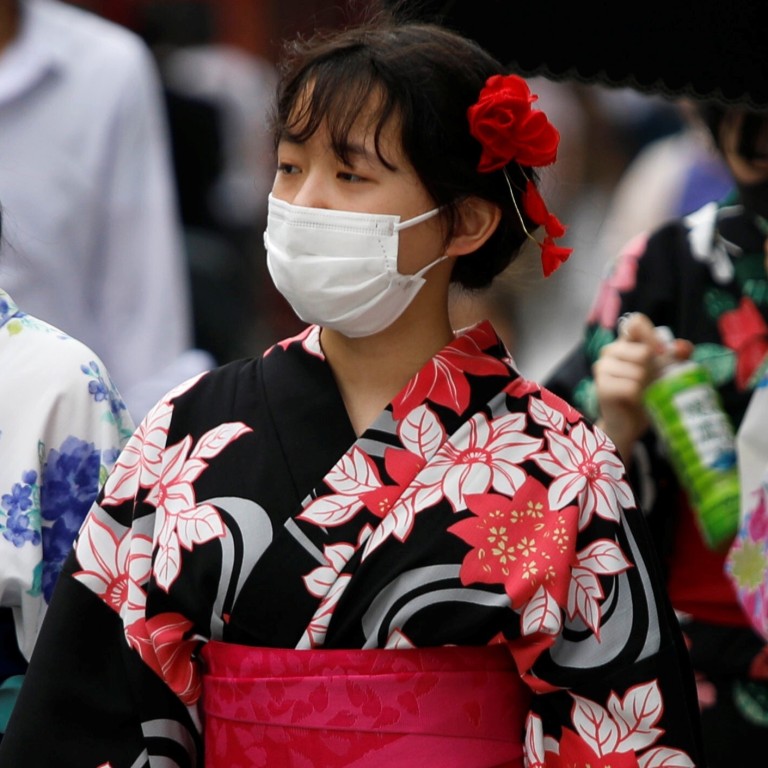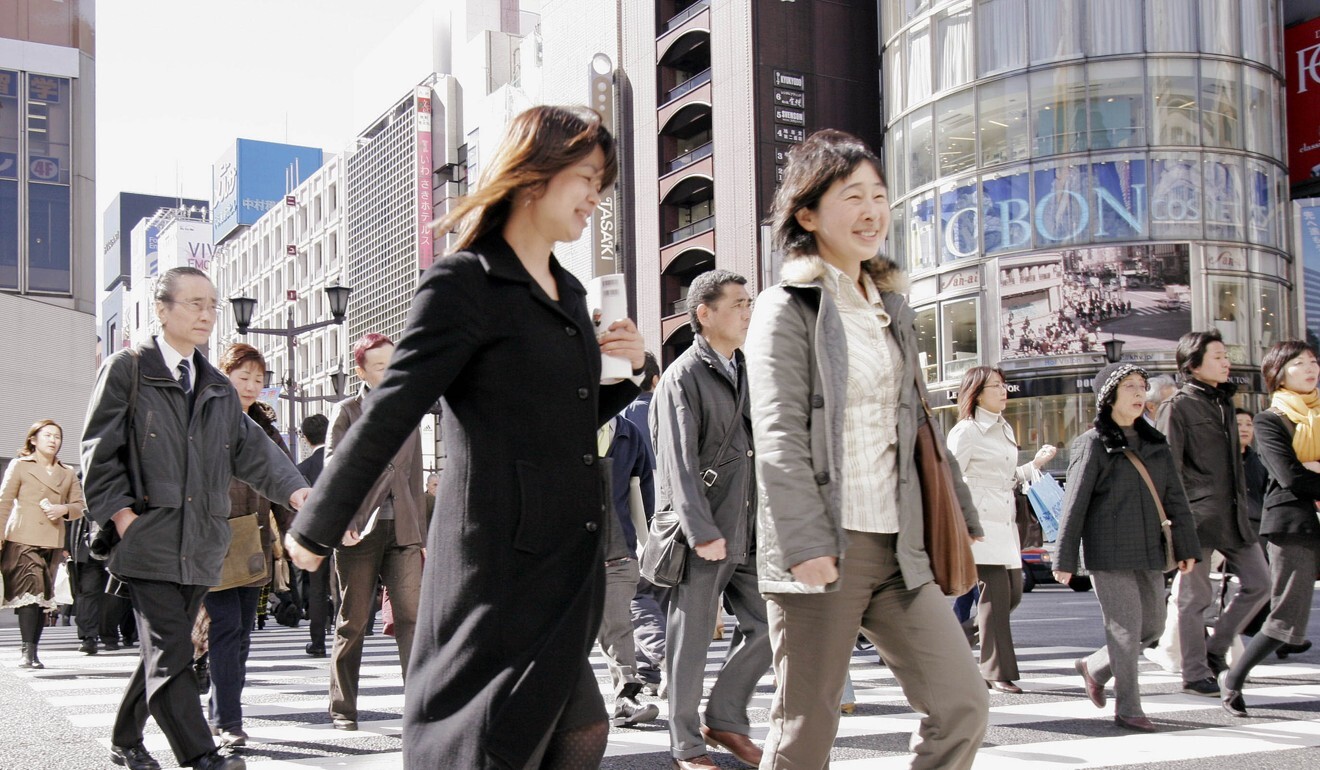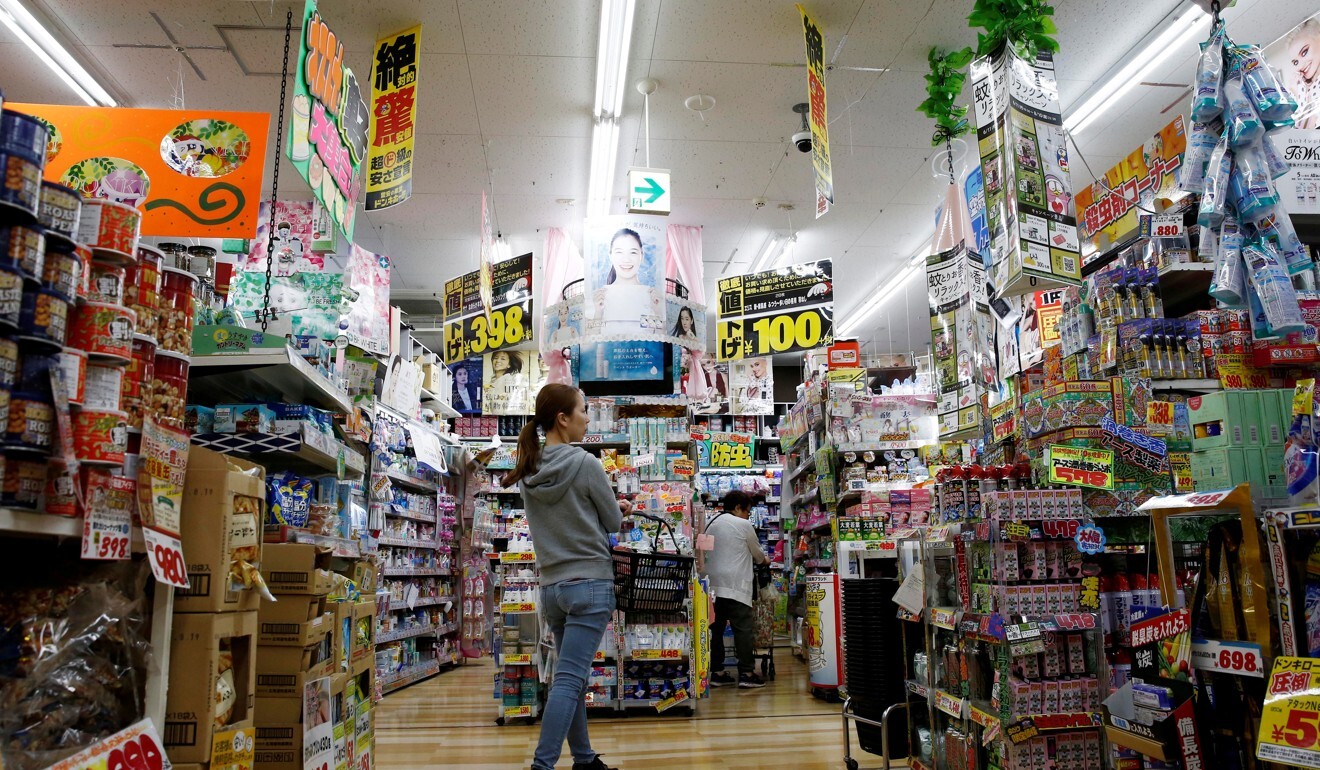
‘Parasite singles’ to ‘free from pressure’: how Japanese women blazed a trail for China’s ‘Little Sisters’
- Women now make up the majority of Japan’s workforce and are driving consumer spending
- But while brands are paying attention, society has yet to recognise the full extent of their economic contributions
Each week, Miho Arai visits the local mall to shop for herself and her family. While the 55-year-old nursery schoolteacher living in Tokyo primarily buys groceries and other household items, she also enjoys looking at products for herself both online and offline.
Her most memorable purchase is a luxury handbag she bought with her own salary several years ago.
“It was a pink Gucci handbag that I bought at a department store,” she says. It cost around US$500. “I used it on the weekends and on special occasions for many years.”
Arai is among the 29.46 million women who now make up the majority – 51.3 per cent – of the nation’s workforce, according to government figures from last year, and their numbers are growing. Over the past decade the number of women in work grew by 1.9 million, while the number of men shrunk by 990,000, according to Bloomberg. Women also account for a majority of the population (51 per cent).
At the same time, women are increasingly driving consumer spending. Consulting firm Mckinsey last year estimated that growing the number of women in the workforce could help boost Japan’s GDP growth by up to 6 per cent. A survey by the company found 88 per cent of female respondents across Asia said they were the primary purchasers of everyday household items.

Japan is home to the world’s second-largest luxury consumer market. According to the consulting firm Bain and Company this market grew from US$22.4 billion to US$26 billion between 2012 and 2017, thanks in large part to the increasing clout of women consumers.
Elizabeth LaCouture, a gender studies scholar at the University of Hong Kong (HKU), who lived and worked in Japan during the 1990s, says female spending power parallels the rise of women in the workforce at that time.
“In Japan, the problem [back then] was that once a woman got married, the expectation was that you could not work any more,” she says.
China’s Dilmurat to Japan’s Rola, why do Asians fetishise mixed race celebrities?
The passing of the nation’s 1986 Equal Employment Opportunity Law, which was created to implement equal employment opportunities between women and men; as well as the act’s subsequent 1997 revisions on recruitment, promotion and hiring practices, led to social change.
“You had this whole phenomenon of women pushing to stay in the workplace … They weren’t going to get married when they were making good money,” says LaCouture, adding that this was the era when the term “parasite single” was first coined, and applied to single women who were perceived as “leeching off society, and not [performing their role by] having children”.

A report by Frost and Sullivan found that these “little sisters” are an increasingly important segment of China’s female consumers, who among all age groups account for three out of four purchases in the world’s most populated country.
‘Little sisters’ army of young women power China’s consumption
FROM PARASITE TO MAJOR CONTRIBUTOR
But attitudes are slowly changing in a nation where by 2040, half the population is expected to live in single-person households and one in five women is projected never to marry. (Some estimates see Japan’s current population of around 127 million shrinking to 107 million by then).
Terms like “parasite single”, which also applied to single, unmarried men, are now being replaced with phrases such as yutori to describe young people who are “free from pressure”.
Umiko Hayama, 26, who lives in Kanagawa prefecture, can be counted among this group. Hayama, who works in sales, goes shopping at least once a week for clothing and cosmetics.
“I always buy Dior products for myself as a reward,” she says. Lipstick was her most recent purchase. “Most shops I see on the street are for women … I also see lots of cosmetics brands, which once targeted older women in Japan, now marketing their products towards the younger segment,” she adds.
Period drama: how Asian women broke the menstruation taboo
Women’s lifestyles have certainly shaped the marketing, product development and business operations of many brands and companies, says Kumiko Kawashima, a lecturer in sociology and gender at Macquarie University.
“Drugstore brands like Daikoku Drug or Matsumoto Kiyoshi and Don Quijote have grown exponentially since the late 1980s by targeting younger women who, at the time, were gaining power in the consumer market,” she says. “They tend to concentrate near train stations and remain open late at night to provide working women easy access.”

BIG SPENDER ENERGY
However, while shops and brands might be accommodating, there remain other gaps to be bridged, and double-standards to be addressed in a nation which ranks 110th out of 149 countries for gender equality on the World Economic Forum Index.
For instance, while working women are more visible than before, notions of femininity are still too closely tied to motherhood, argues Kawashima. “Too often, the burden of balancing employment, housework and child rearing falls on women’s shoulders,” she says.
Vietnamese wives, internet brides bear brunt of Korea’s aversion to immigration
Additionally, only certain segments of the female population have gained greater spending power and clout as consumers. “Not all working singles have the same spending power. For example, the majority of single females are low income earners and are precariously employed,” she points out.
“We also need to think about gender inequality together with other forms of inequality such as those based on class, race and sexuality,” says Kawashima, citing the widening wealth gap and rising number of working poor.
LaCouture cautions that spending power does not equate to gender equality, or political visibility for women. “I always think that consumer activism is very dangerous because [shopping from] companies cannot liberate us. Consumption will never truly liberate,” she says.
“Even if there are more women in the workforce, if they’re still being paid less than men it doesn’t matter [what they can buy].”
Additional reporting by Yumi Mizuno

